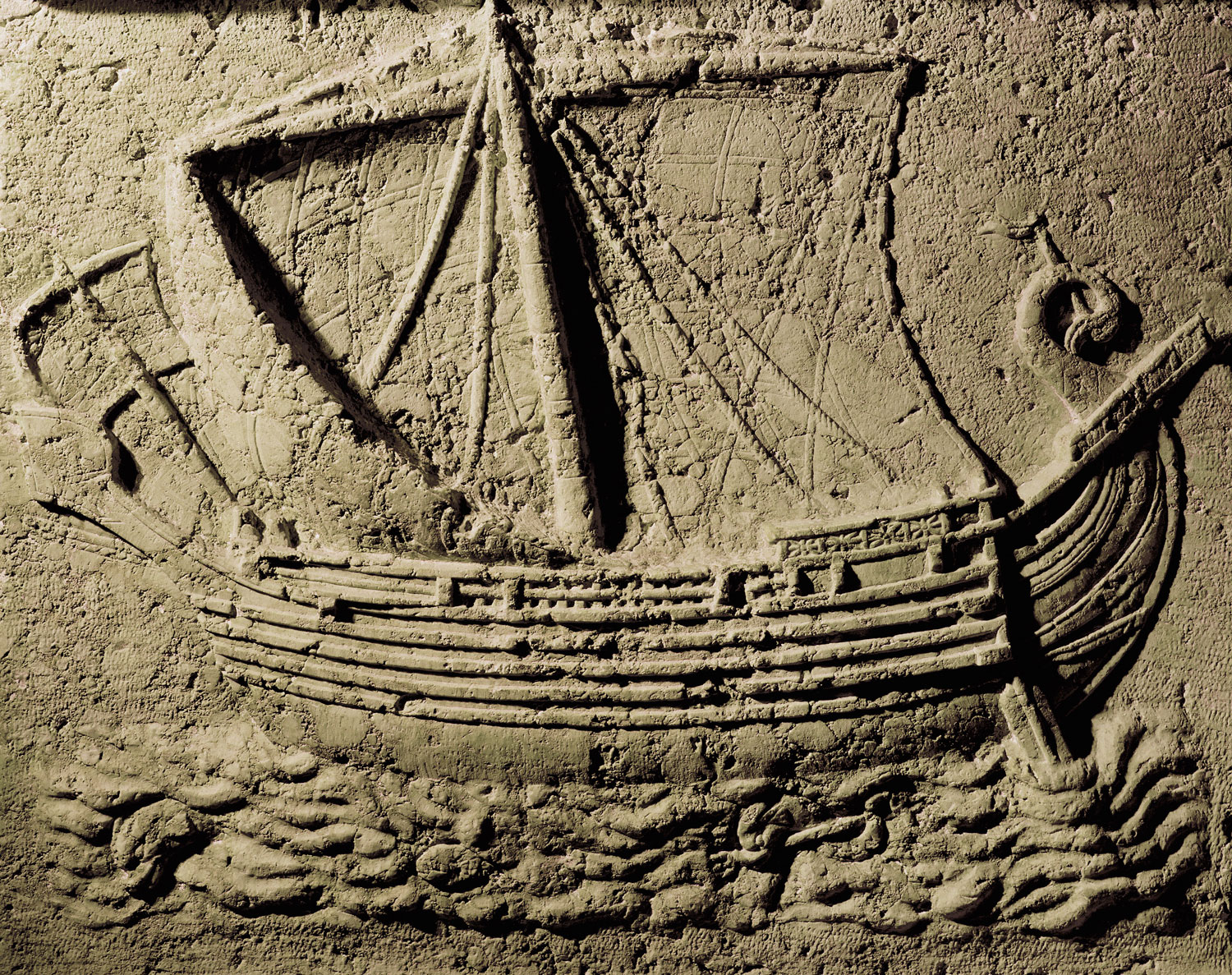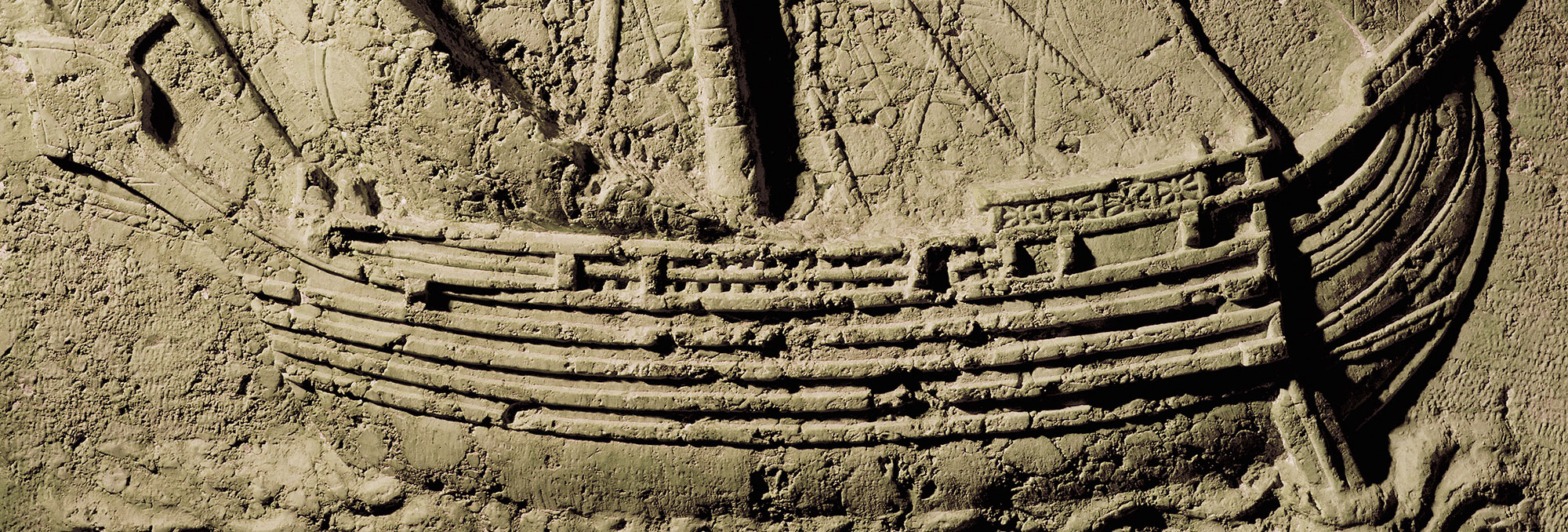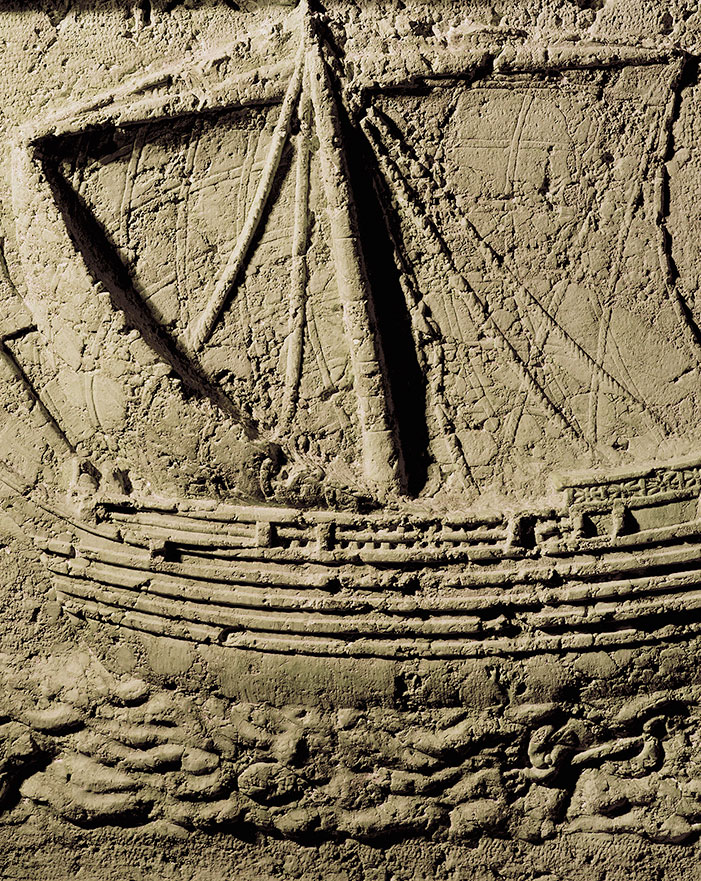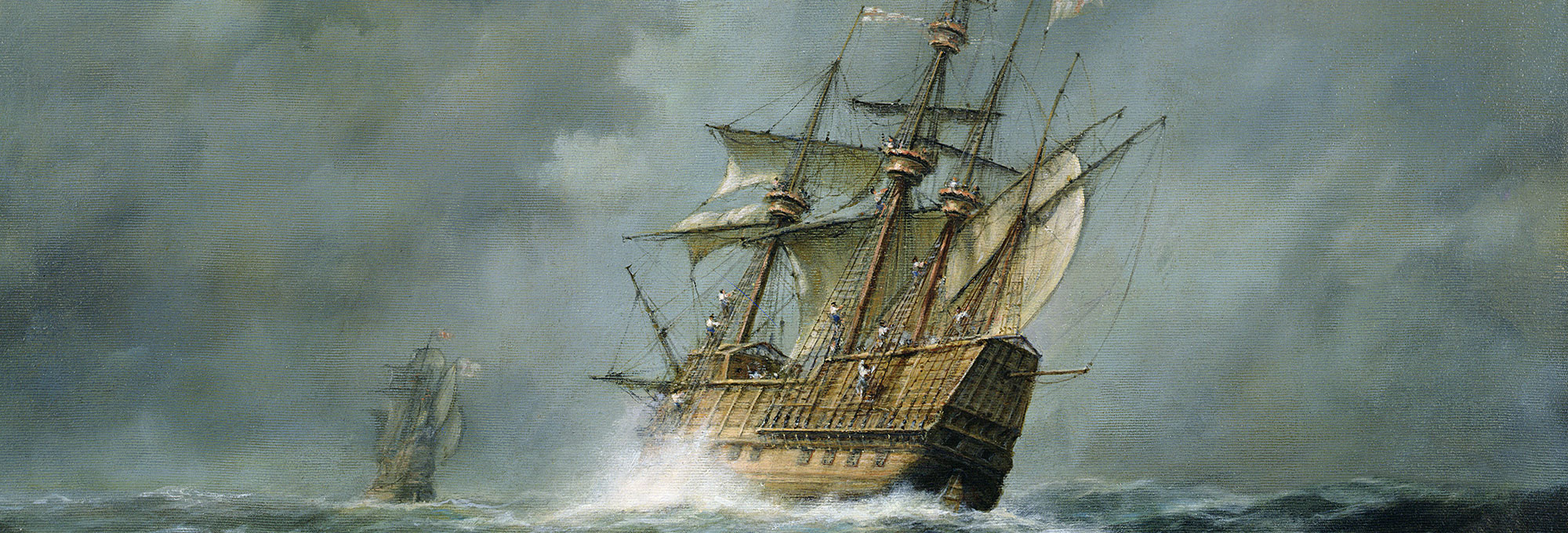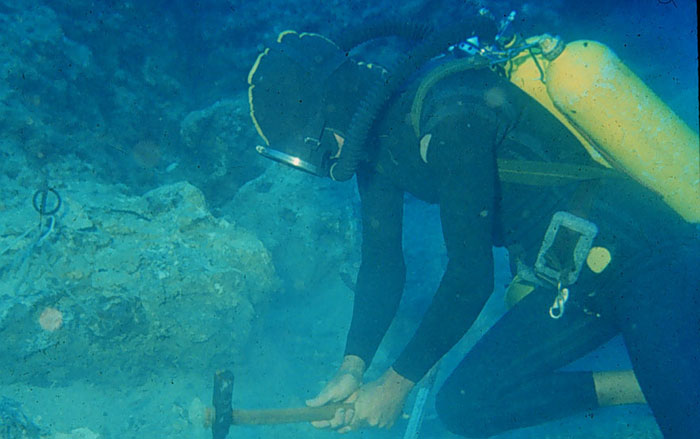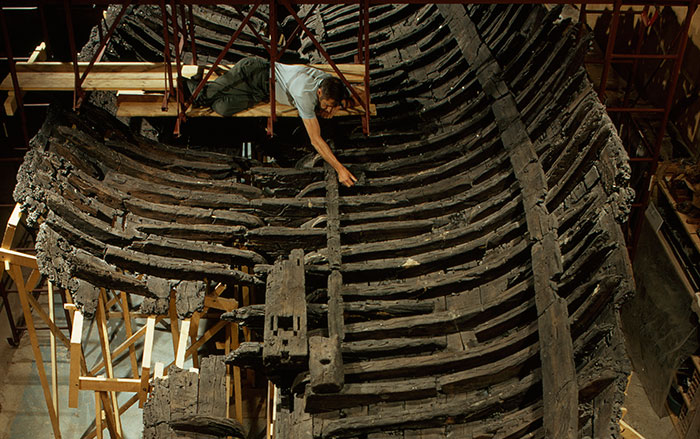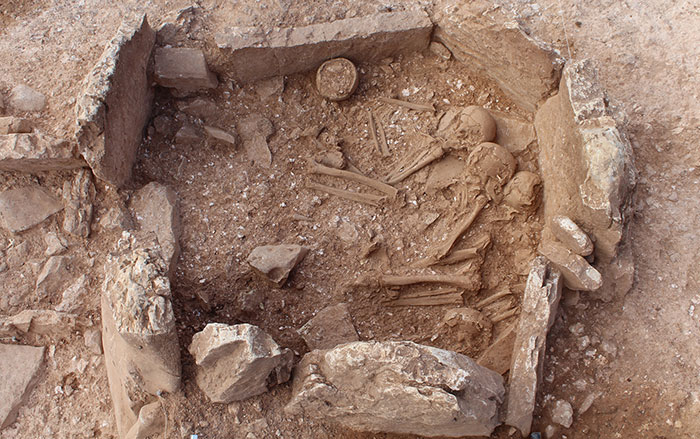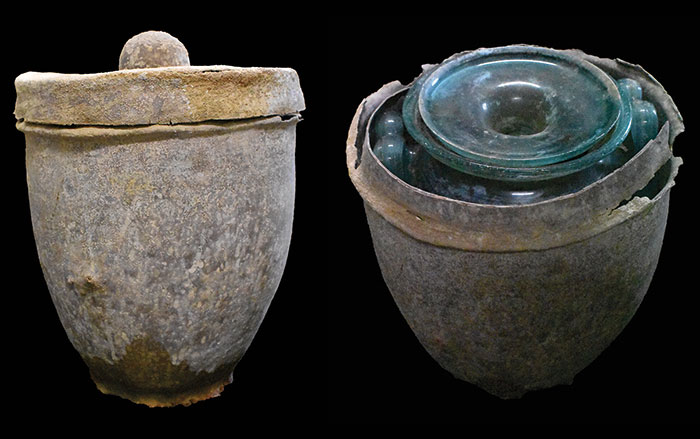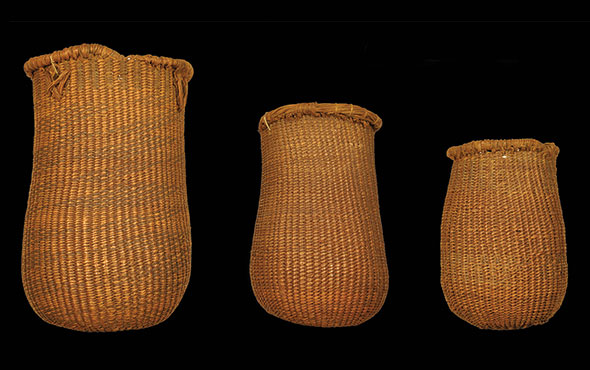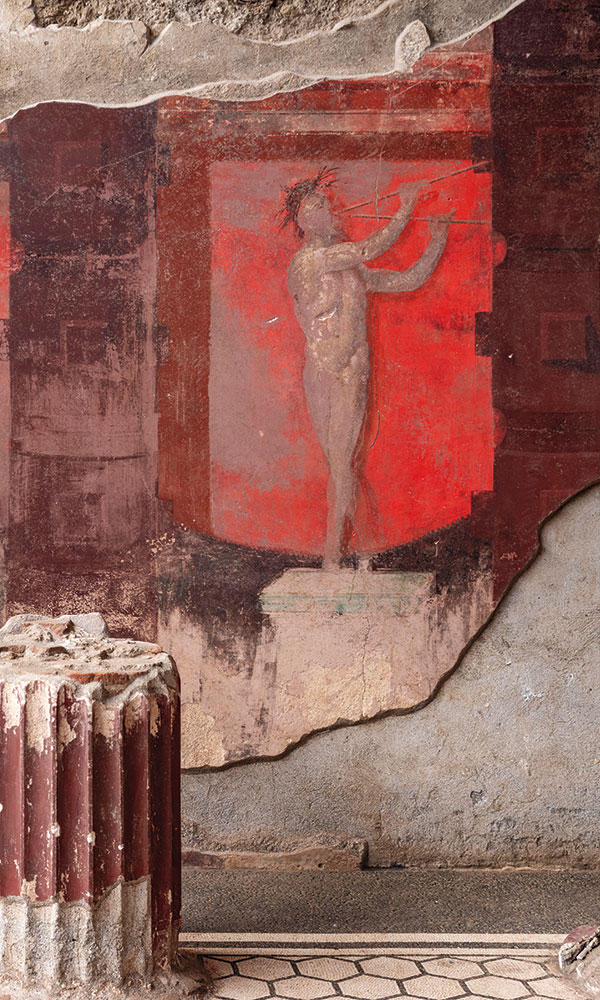The first Phoenician shipwreck to be excavated by archaeologists, the wreck at Bajo de la Campana, a submerged rock reef off Spain’s coast near Cartagena, dates to some 2,700 years ago. The ship ran aground and spilled its cargo onto the seabed, where a number of finds ended up clustered in a sea cave. Under the direction of Mark Polzer and Juan Piñedo Reyes, archaeologists recovered fragments of the hull along with a large number of ceramic and bronze artifacts, as well as pine nuts, amber, elephant tusks, and lead ore. The tusks include examples engraved with the Punic names of their owners. The Bajo de la Campana ship was likely a trader from the Eastern Mediterranean that journeyed west, at least as far as today’s Cadiz, in its quest for goods. Most were raw commodities, such as the ivory and lead ore, which the ship’s crew had acquired through trade with the indigenous people of this part of Spain. The wreck at Bajo de la Campana is still undergoing analysis by Polzer and Piñedo at Cartagena’s Museum of Underwater Archaeology but has already yielded evidence of a wide maritime trade network. The Bajo de la Campana ship demonstrates, like the earlier Cape Gelidonya and Uluburun ships, that commerce by sea linked cultures and helped build trading empires—in this case, that of the Phoenicians. In time, they dominated the Western Mediterranean, established port cities and colonies such as Cartago Nuovo (today’s Cartagena), and ultimately clashed with the growing power of Rome.
